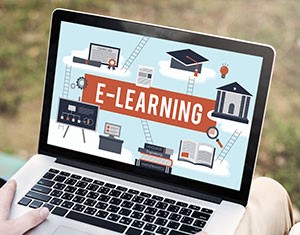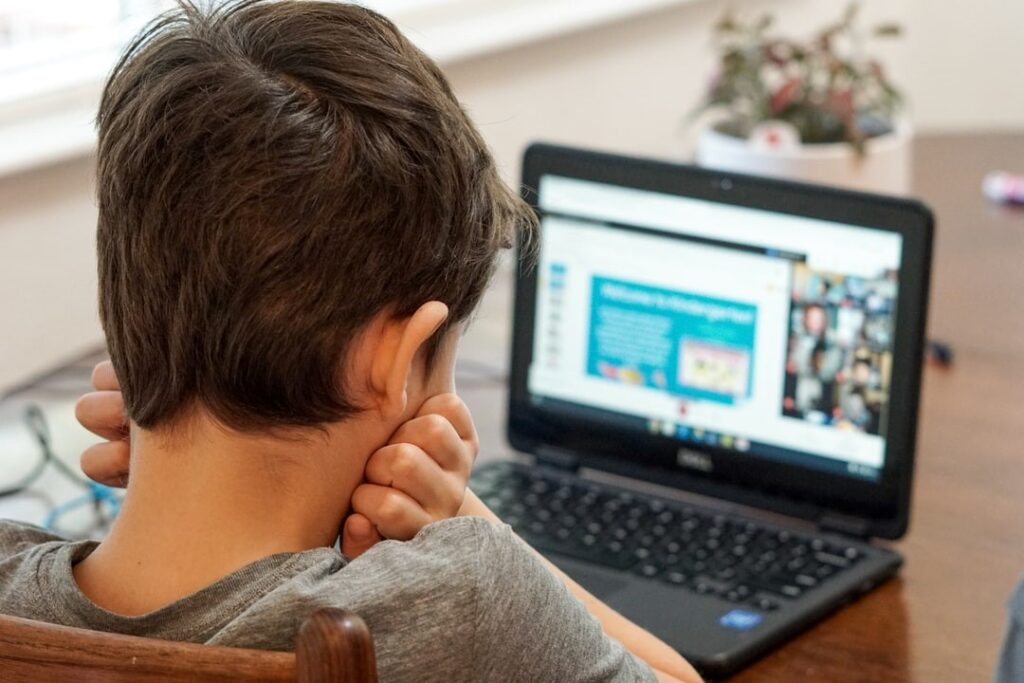Pros and Cons of online learning during Covid 19

The impact of Covid 19 resulted in stupefying the daily life of people across the world. Sectors as- business, commerce, education, and agriculture all have got badly impacted. With educational institutions, the initial impact was temporary closure but it did not help to minimize the increasing number of cases anywhere. In most countries, the governments decided to keep them closed until the situation improved.
As students remained out of the classroom for an indefinite period, the idea of online learning emerged globally. Today the mode of teaching has changed significantly with most teachers and students actively participating on virtual platforms. Although parents, teachers, and students may have different opinions about online learning, the question arises about the holistic development of students which may not be achieved by online classes.

An unprecedented change and requirement of online classes have their own drawbacks as teachers and students who were so accustomed to learning in the classroom with teaching aids, got overwhelmed with using technology. In some cases, they suffered nervousness, confusion, and poor teaching quality, however, the same teacher had been perfect in his/her subject in the classroom. Another challenging factor in online learning in India is that many schools do not have enough equipment, gadgets to provide their students and teachers.
While analyzing the impact of online learning, the emotional well-being of the students can not be overpassed. It has been nearly two years since students are bound to take online classes or attend virtual platforms which are somehow creating a kind of monotonous atmosphere in studies. Earlier, they used to exchange opinions, study sharing knowledge with each other, and had fun and laughter together. Missing out on these things has led to children feeling lonely, less engaged in studies, bored with the same routine. This change has happened mainly in teenagers who badly miss their social circle; even among younger children, paying proper attention to the class, sitting at the same place have been challenging.

While some may believe that the children get more benefitted by classroom learning, the rapid move to online learning has also brought some positive impacts. Teachers have developed a new skill of teaching online by using new techniques, reaching out to their students more effectively through video meetings and chat groups. It has been found out that students are able to collect 25% to 60% more material through internet access compared to classroom learning. They can also learn at their own pace, going back to the material repeatedly, re-reading it, and understanding the concept. The innovative ways of learning as integrating technology in complex chapters in terms of games, riddles, and puzzles make it interesting and easy to understand them.
Having understood the pros and cons of online learning, the idea of integrating technology in classroom learning can bring a massive transformation in the education system. Under teachers’ guidance, students can explore a variety of learning materials, save them and use it later on. But how these facilities be provided to all students is a matter of concern. Students from urban areas still do not have access to advanced technology. The biggest responsibility is on the government’s shoulders as to how further they can facilitate the path of education for the new generation.